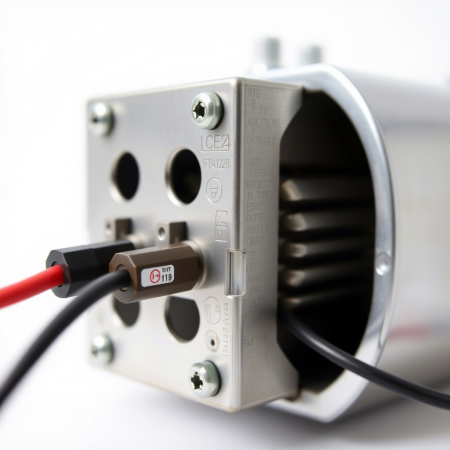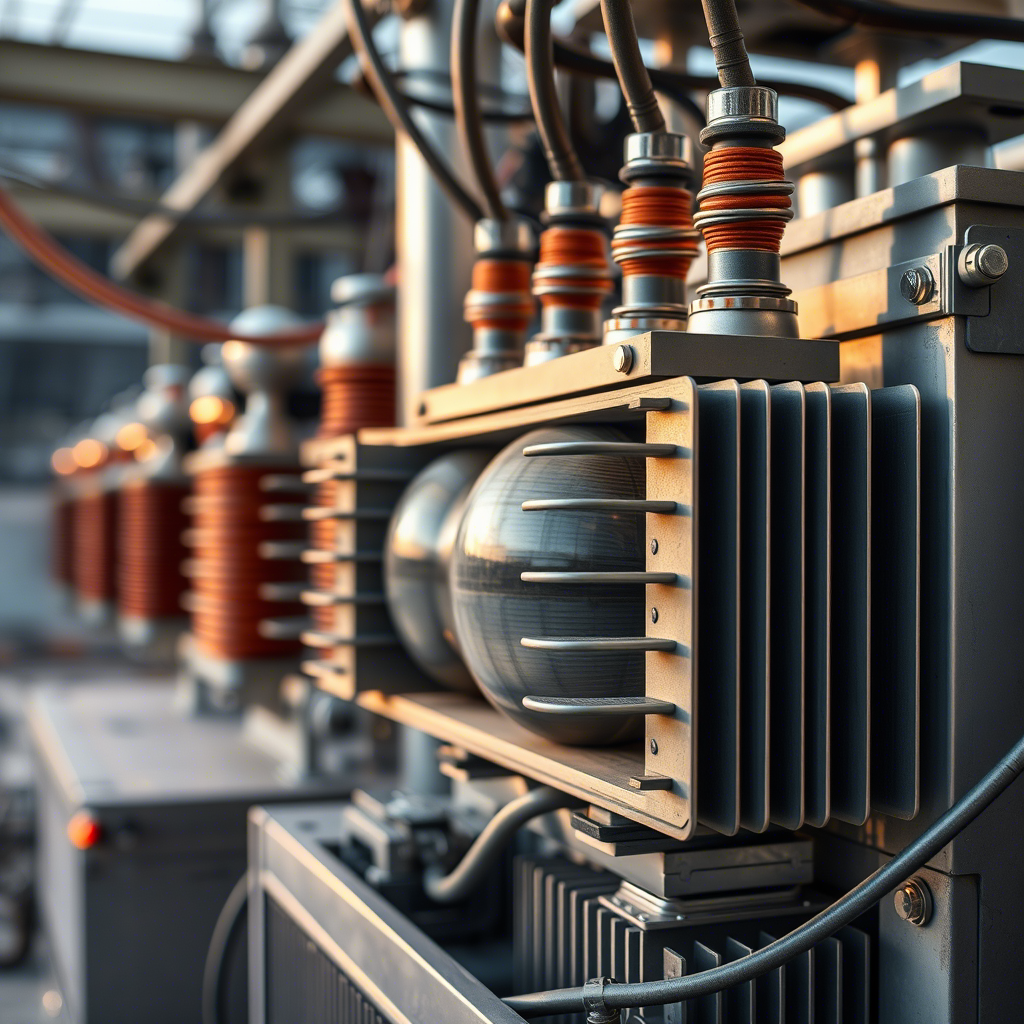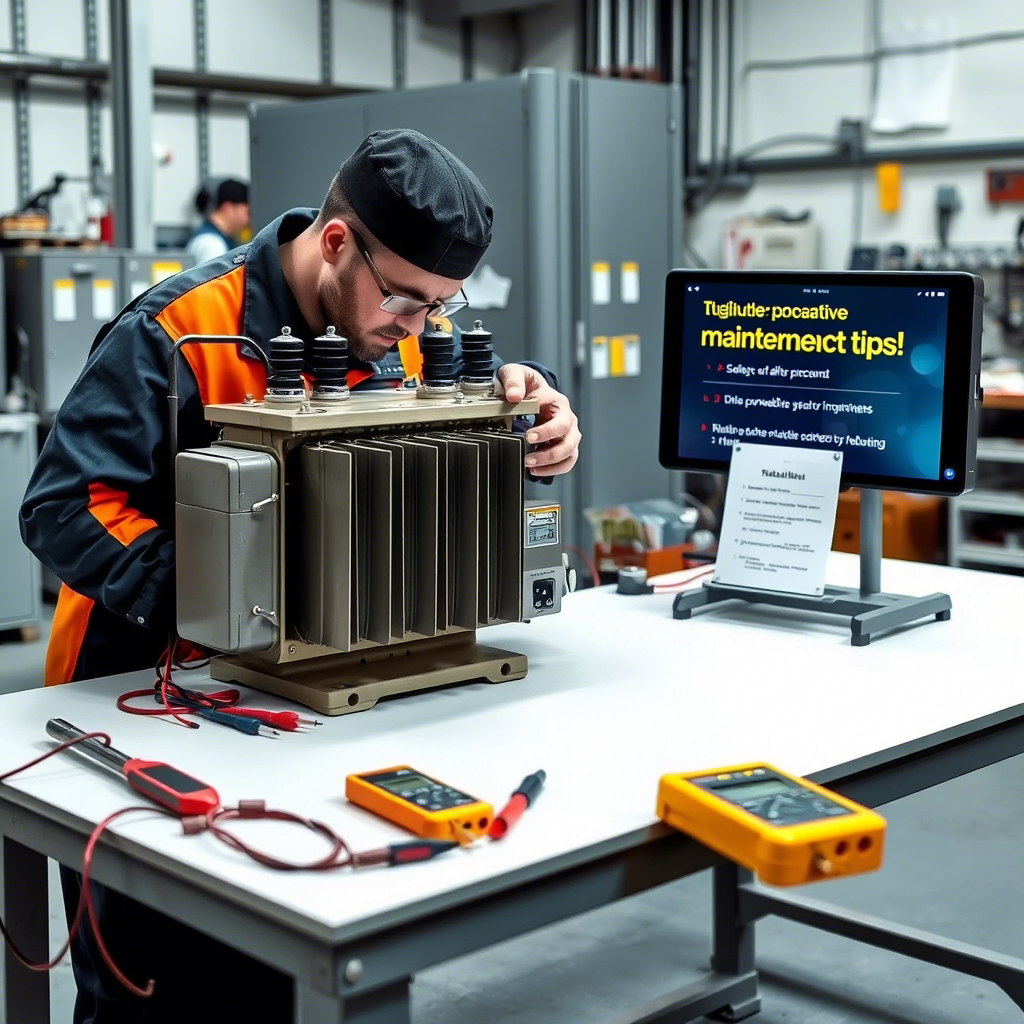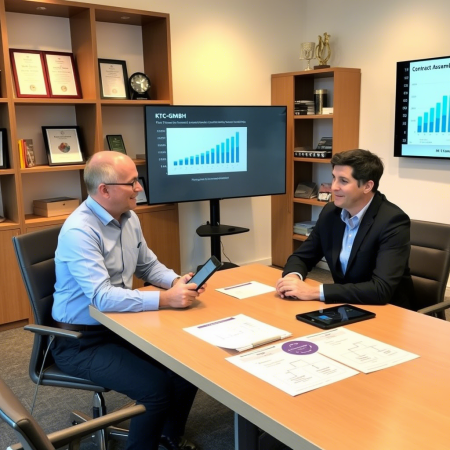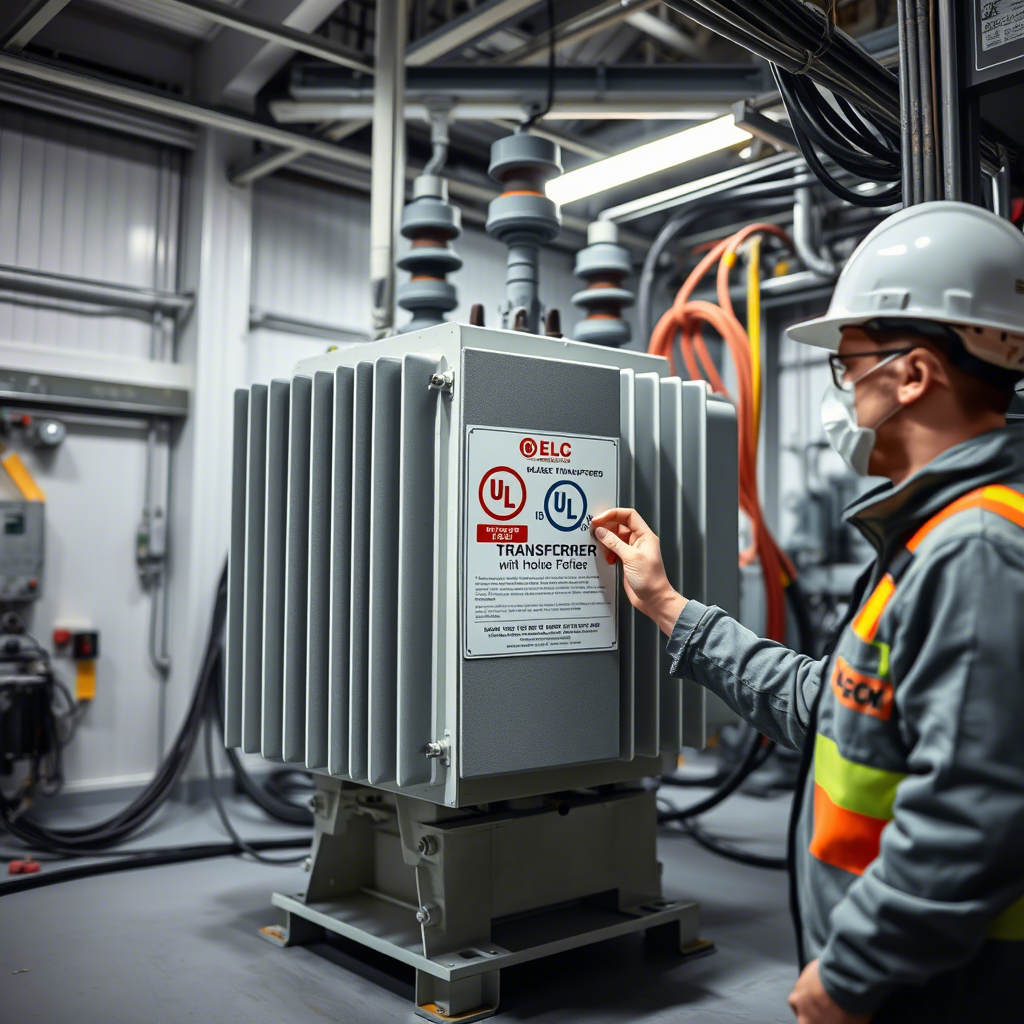Everything You Need to Know Before Buying a Single Phase Transformer
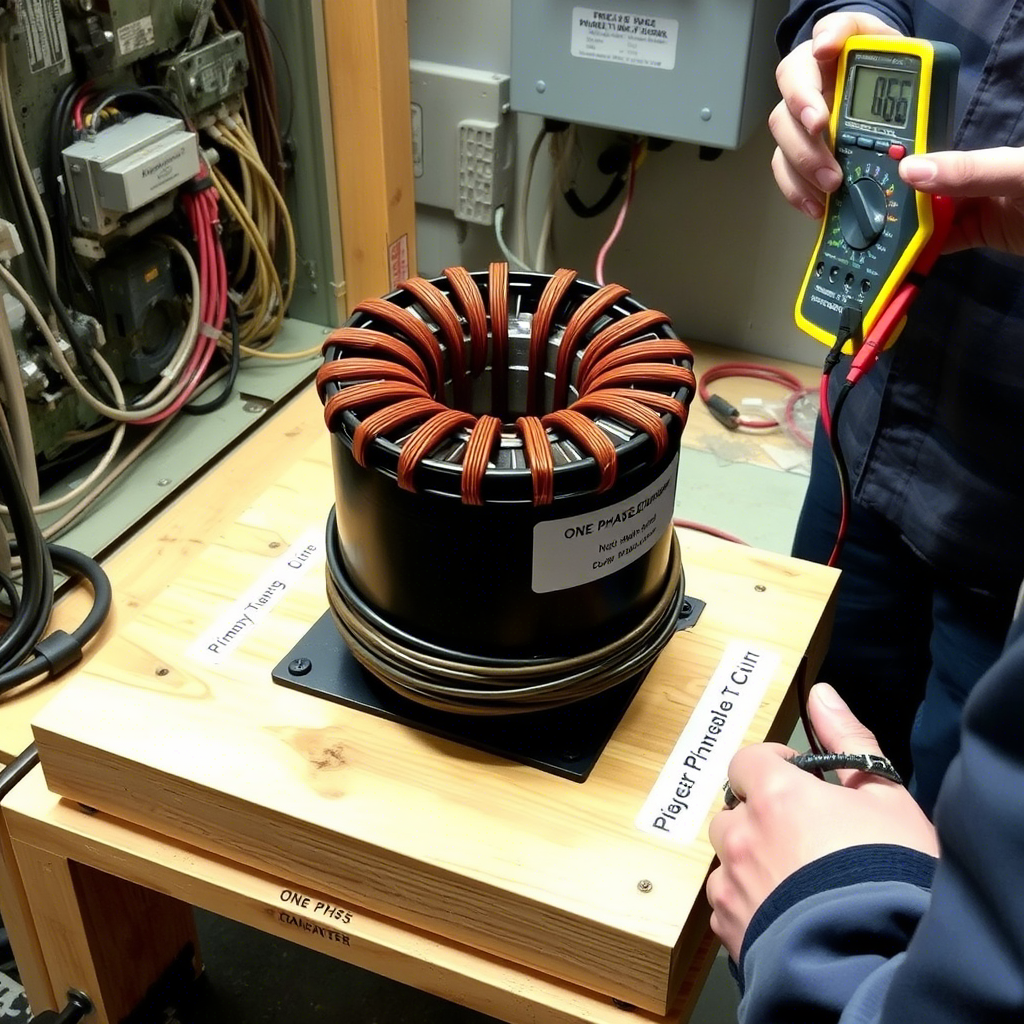
Single phase transformers provide power distribution in homes, offices, and certain industrial applications. It is now very important to understand the key points before purchasing a single phase transformer, whether you are an operations engineer assessing an upgrade to an existing setup, a procurement officer evaluating specifications, or an engineer sourcing equipment for an entirely new setup.
The goal of this article is to simplify the technical details, highlight the latest innovations, and establish why established suppliers like KTC GmbH have been synonymous with quality and reliability in the field of transformers.
What Is a Single Phase Transformer?
A single phase transformer is a type of electrical transformer that is required to operate with just one alternative current voltage phase. It steps up and steps down voltages between different circuits for safety and distribution purposes.
A single phase transformer finds its applications in many areas:
Residential houses
Light commercial buildings
Small industrial equipment
Renewable energy systems (solar inverters, etc.).
With dynamic needs growing more complex, the demand for efficient and compact transformers is going to increase ever so much, especially in urban and remote applications.
Key Considerations Before You Buy a Single Phase Transformer
Before the final buying decision, you should check for technical specifications and reliability in the longer term; here's what to know about it:
Voltage Compatibility & Load Calculations: Match your input/output voltage to the system. Load calculations are essential to establish the correct kVA rating; any miscalculation may bring inefficiency or, worse, damage!
Transformer Efficiency & Power Ratings: Prefer a transformer with high efficiency (about >95%) to avoid energy loss and conservation costs. Power ratings (kVA) should be checked according to your equipment's requirements.
Core Type: Laminated vs. Toroidal
Laminated Core Transformers: Older in design but sturdy enough to handle the majority of applications at a cost advantage.
Toroidal Core Transformers: Compact, quiet, and efficient, but slightly costlier.
Cooling Methods & Insulation Class: Select the cooling methods based on the installation environment; either air-cooled (dry-type) or oil-cooled. Higher insulation classes (such as Class F or H) can suit hot or heavy-duty places.
Certifications & Standards: Assure that it meets industry standards such as IEC, ISO, or country-specific certifications. This guarantees safety.
Durability, Safety & Reliability: Let's check the build quality, enclosure rating (such as the IP rating), and short-circuit protection features that could prevent downtime or risks from occurring.
Benefits of Single Phase Transformers
If chosen with care, single phase transformers would offer the following benefits:
Cost-Efficient: They are less expensive than three-phase systems for smaller loads
Personality Maintenance: Fewer components mean easier diagnosis and repair
Compact Structure: Perfect where space is an issue
Flexible Usage: Applied in residential and light industrial scenarios
They would be great for focused and efficient power distribution.
Common Applications
Single-phase transformers have extensive and growing practical use cases, with some of the main examples being:
Residential Power Systems: Supplying 120V/240V power for appliances and lighting
Industrial Automation Equipment: Supporting CNC machines, control panels, and sensors
Renewable Energy: Connecting solar panels to inverters and grid systems
Backup Power Solutions: Used in UPS systems and emergency generators
With distributed energy systems on the rise, single-phase transformers have been gaining ground in grid stabilization.
Latest Trends & Innovations in Transformer Technology
The electrical industry is getting increasingly evolved, and the transformer technology is no exception. Some updates shaping our market are:
Smart and IoT-Enabled Transformers
Advanced units now have IoT connectivity for real-time monitoring, predictive maintenance, and remote diagnostics.
Energy-Efficient Design
The designer/manufacturer now favors low-loss core materials and eco-friendly design to lower environmental impact and conform to green energy mandates.
Advanced Fault Detections
Modern transformers assess fault conditions themselves, detect insulation breakdowns, and raise alarms prior to their ultimate failure. This greatly reduces downtime.
Compliance to Global Standards
With more stringent regulations globally, suppliers of the highest order ensure their products comply with IEC, IEEE, and any regional safety standards currently in place.
Why Buy from KTC GmbH?
The decision to buy a single phase transformer should rest not just on the specs but also on the quality of the supplier. Here's why KTC GmbH is a name you can trust:
German Engineering Excellence: Made with precision adhering to international standards
Custom Manufacturing: Solutions customized to your exact needs in voltage, size, or cooling
Certified Quality: Products tested and certified to comply or exceed IEC and ISO Standards
Global Customer Support: Responsive support from inquiry to after-sales
Reliable Components: Outstanding performance even in harsh conditions
Backed by a multitude of accumulated years in the business, KTC GmbH guarantees a smooth procurement journey no matter if it's a singular unit or a full-blown project scaling-up.
Conclusion
Single phase transformers may seem like just small components in your power set-up, but they truly perform a critical function for safety, efficiency, and performance. Having the wrong model will only lead to high energy charges, an unstable system, or equipment damage.
By finding out what your system requires from voltage ratings to insulation class and working with a reliable manufacturer such as KTC GmbH, you find your project sat comfortably for life.
Single phase transformers should be purchased while thinking wisely and considering the long-term perspective, trusting those who actually build them.
Note: IndiBlogHub features both user-submitted and editorial content. We do not verify third-party contributions. Read our Disclaimer and Privacy Policyfor details.



